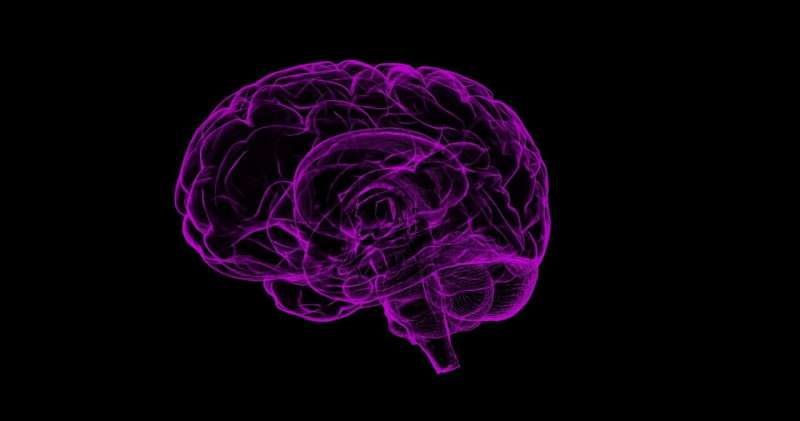How a single protein in non-neuronal cells controls brain development

Normal brain development requires a precise interplay between neuronal and non-neuronal (also called glial) cells. In a new study, researchers from the University of Tsukuba have revealed how the loss of protein arginine methyltransferase (PRMT) 1 causes disruptions in glial cells and affects proper brain development.
PRMTs modify specific amino acids of other proteins regulating key cellular functions, such as survival, proliferation and development. Of the many members of the PRMT family that have been identified to date, PRMT1 is one of the most common and controls tissue development and lifespan, as well as stress responses. Because total knockout of PRMT1, i.e., the loss of the protein in all tissues during development, results in failure of embryonic development, recently tissue-specific knockout of PRMT1 has been under increasing scrutiny, in an effort to understand how PRMT1 contributes to tissue development and function.
"We previously discovered that PRMT1 is critical for the function of one type of glial cell, oligodendrocytes, during brain development," says corresponding author of the study Professor Akiyoshi Fukamizu. "The goal of this study was to understand how other glial cells may contribute to the hypomyelination phenotype we observe in PRMT1 conditional knockout mice."
To achieve their goal, the researchers used the same mouse model as in their previous study, in which PRMT1 was knocked out in neural stem cells (NSCs) and cells that are derived from NSCs. These include oligodendrocytes and astrocytes, but not microglia, all of which are important glial cell types in the brain. The researchers performed RNA-sequencing of the outer region of the brain, called the cortex, where these cells reside in neonatal PRMT1 knockout mice. By doing so, they were able to survey changes in gene expression in the brain of mice lacking PRMT1. Interestingly, the researchers found increased expression of genes regulating inflammation, pointing towards the involvement of astrocytes and microglia. Looking closer at markers of inflammation, the researchers found that among a panel of inflammation markers the expression of Interleukin-6 in particular was significantly increased in PRMT1 knockout mice.
The researchers next asked how there is increased inflammation in the brain of neonatal mice lacking PRMT1 and looked closer at astrocytes and microglia. By assaying the brains for markers of astrocytes and microglia, they found signs of severe ongoing inflammation: massive astrogliosis, which is an increase in astrocyte numbers, and an increase in the number of microglia. The latter is particularly intriguing because microglia are not derived from NSCs and hence showed normal expression of PRMT1.
"These are striking results that show how a single protein controls such essential developmental processes in the brain. Our results provide a novel insight into the molecular control of brain development," says first author Assistant Professor Misuzu Hashimoto (Gifu University).
More information: Misuzu Hashimoto et al. Loss of PRMT1 in the CNS induces reactive astrocytes and microglia during postnatal brain development, Journal of Neurochemistry (2020). DOI: 10.1111/jnc.15149


















